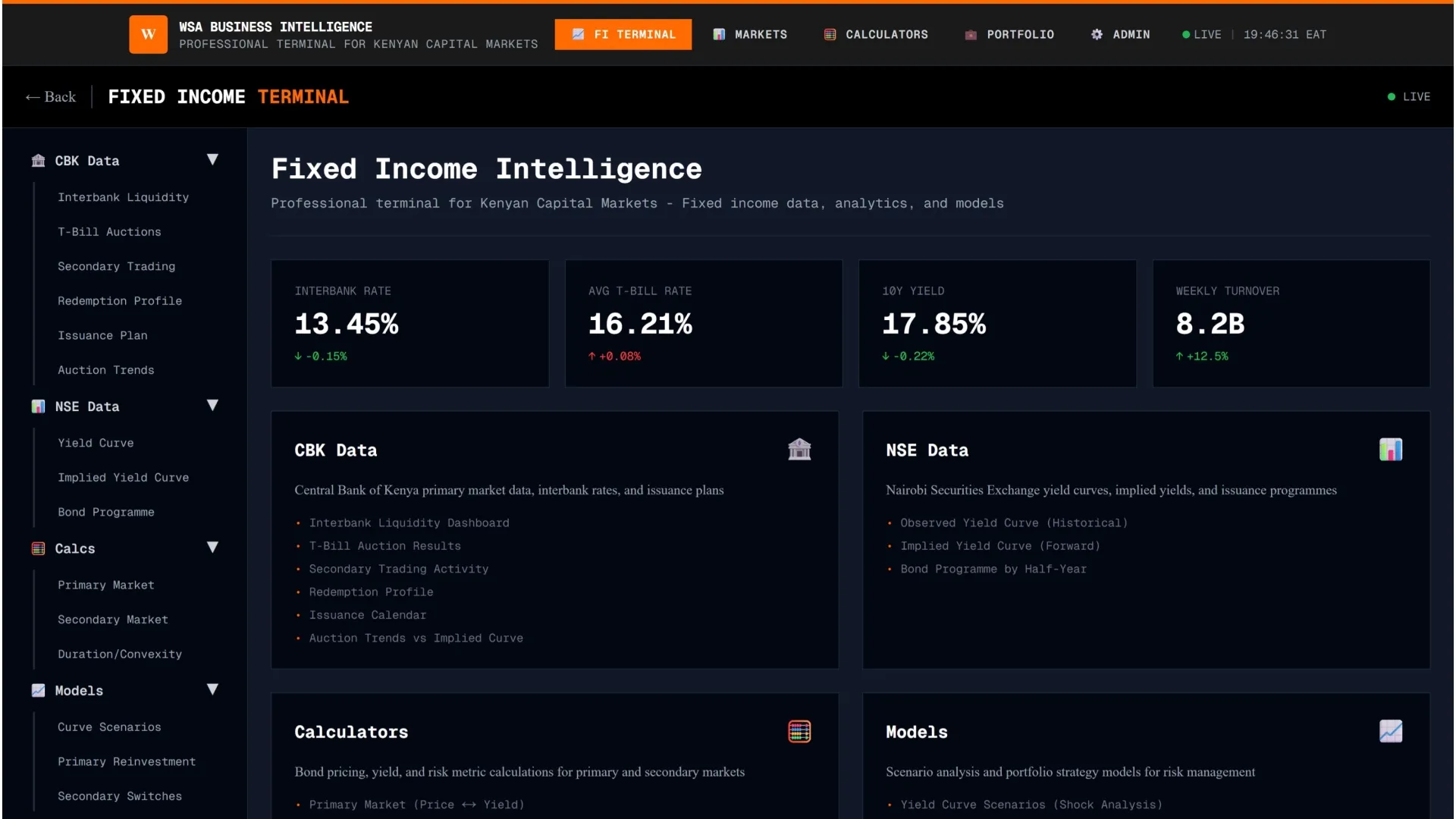Despite on-going challenges across Sub Sahara Africa (SSA), Citi economists have indicated that that the continent is undergoing another important moment in its growth trajectory.
David Cowan, Citi Economist for SSA, and Gina Schoeman, Citi South Africa Economist held a virtual year-end media brief titled ‘Is Africa on the Cusp of a New Growth Spurt in 2025?’ on December 5th. The brief, which was hosted by Akin Dawodu, SSA Cluster Head, elaborated on SSA economies’ steady strides from the 2022/23 solvency crisis to a fiscal consolidation story in 2024 that is set to play out in 2025 and 2026. Highlights below:
2024 Economic Review
Growth
Both during the COVID pandemic and even coming out of it, growth in many SSA countries have shown remarkable resilience. While some countries like South Africa and Nigeria have struggled to sustain the momentum, many others have maintained reasonable growth rates, reflecting the region’s resourcefulness and its ability to adapt.
Inflation Pressures: A Mixed Bag
While SSA’s inflation rates surged in 2022, it has eased in most countries since. However, in a small group of countries including Angola, Ethiopia, Ghana, Nigeria, and Zimbabwe, inflation remains a concern, exceeding 20% year-on-year. This can be attributed to a myriad of complex factors, including climatic shocks such as droughts and floods, exchange rate challenges, and central bank financing of fiscal deficits.
“Food inflation, particularly in Nigeria, where food accounts for over 50% of the CPI basket, is a central issue,” according to Cowan. “Still, imported food plays a less significant role in many SSA countries than widely assumed, except for a few like Senegal and Sudan.
Debt Dynamics and Default Fears
Fiscal consolidation post-COVID has been slower than anticipated, which coupled with rising global interest rates was a significant cause of defaults by Zambia and Ghana in recent years underscoring the pressure that frontier economies face. “Debt service ratios, not just debt-to-GDP levels, are a key concern,” noted Cowan. “Nigeria’s low revenue collection exacerbates its debt servicing challenges, while South Africa’s higher revenue offsets its larger debt.”
A breakthrough occurred in 2024, however, when markets started to accept that global interest rates would be lowered, which in turn re-opened access to Eurobond markets for countries like Kenya, Senegal, and Côte d’Ivoire, signaling improved investor confidence. However, currency pressures linger, compounded by past default fears.
South Africa: Turning a Corner?
Emerging from its 2024 elections with a Government of National Unity (GNU), South Africa is showing early signs of economic recovery. Schoeman illustrated what this would look like against a backdrop of global risks in 2025, “A near-term upswing is underway as lower inflation and interest rate cuts spur consumer spending as the prime driver of near-term Gross Domestic Product (GDP) growth. This, alongside rising business confidence in addition to positive developments like S&P’s positive outlook and the possibility of exiting the Financial Action Task Force (FATF) grey-list bodes well for South Africa. However, while a medium-term structural upswing is more realistic now, it will hinge on decisive policy reforms.”
Policymaking is set to change considerably over the next two years as potential fiscal rule and a lower monetary policy inflation target takes center stage. Emanating as constructive in the short term, all eyes remain on the GNU, which will face tests of stability over the next two years.
2025 Outlook
Africa’s growth story is evolving. From default and liquidity crises in 2022/23 to a focus on fiscal consolidation and financing, the next phase will test governments’ ability to raise revenues and implement structural reforms. But also critically, the major devaluations seen in many currencies across the continent, while painful to adjust to, are also potentially the driver of a new and important growth phase.
“Africa has an opportunity to replicate the post- Heavily Indebted Poor Countries (HIPC) and related Multilateral Debt Relief Initiative (MDRI) debt restructuring success, ultimately leading to the Africa Rising narrative,” observes Cowan. “But this time, the emphasis must be on tax reforms and exchange rate policies to prevent recurring imbalances. Whether governments can navigate these complexities will determine if the continent truly stands on the cusp of growth.”




